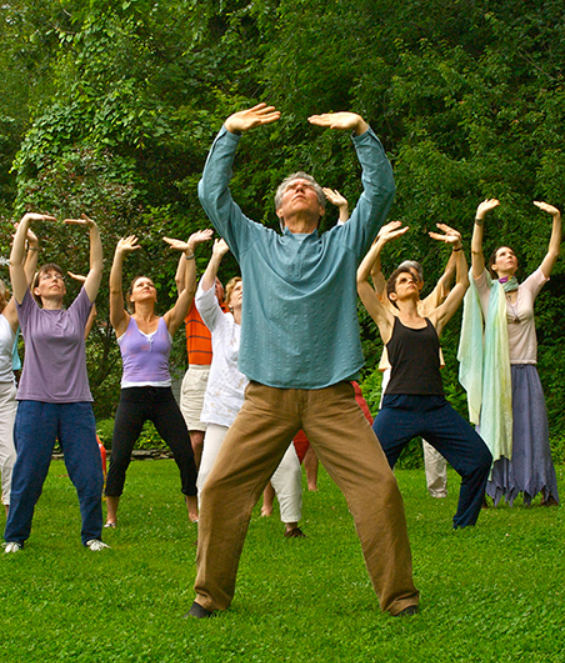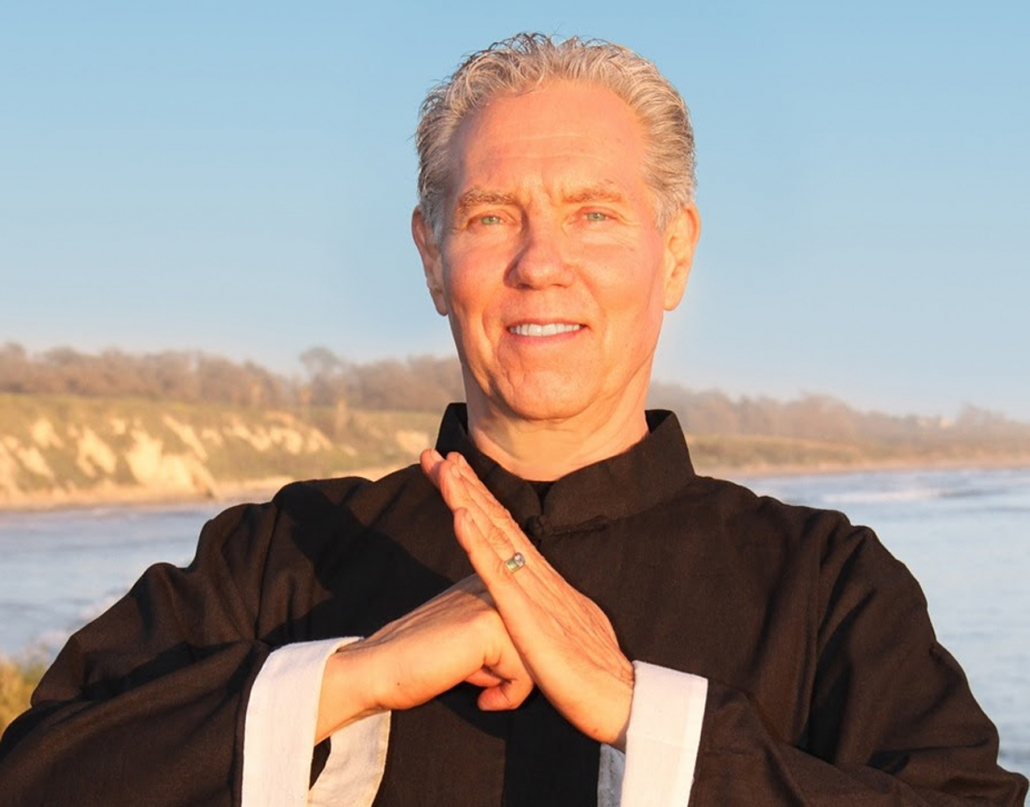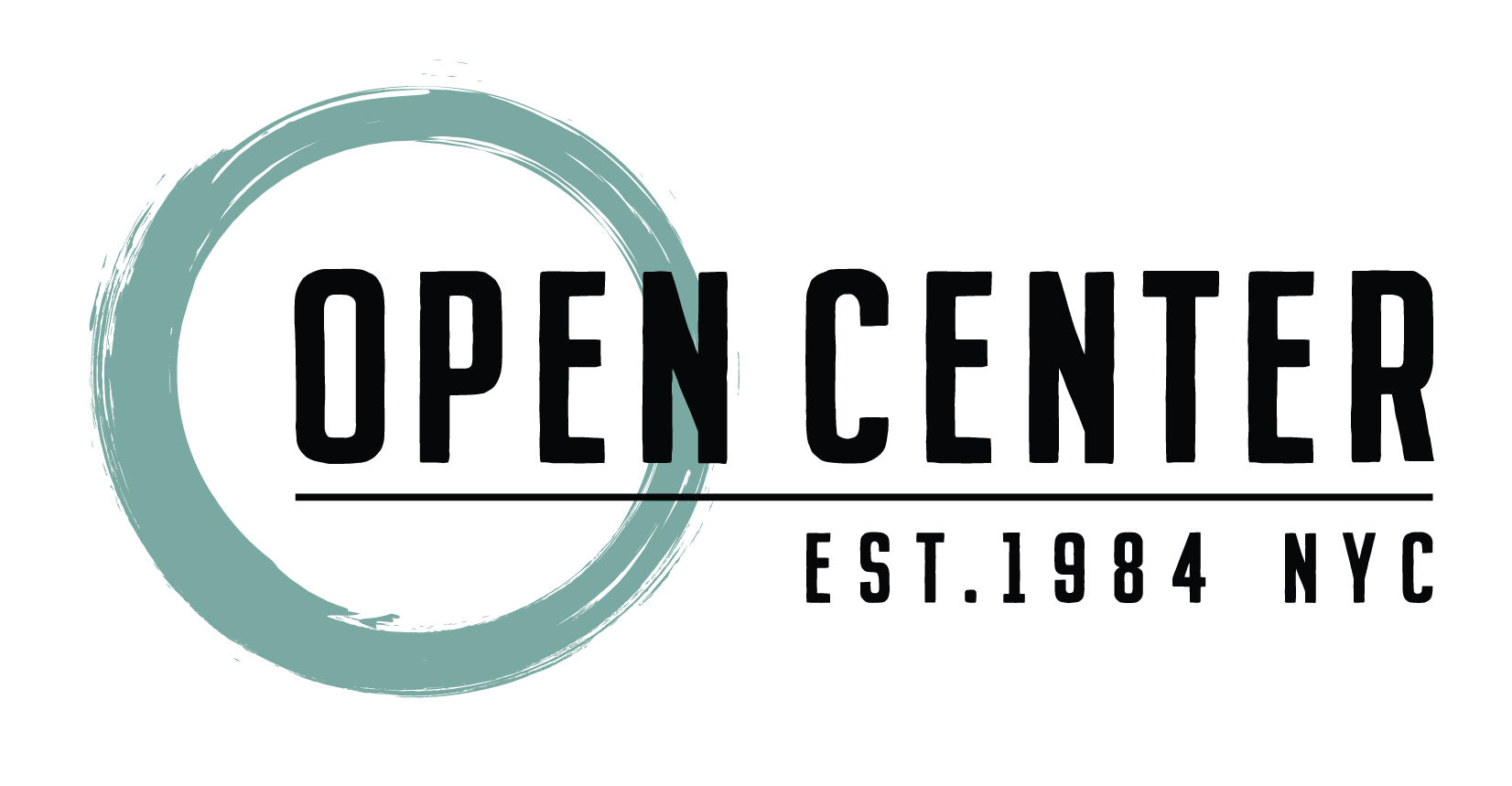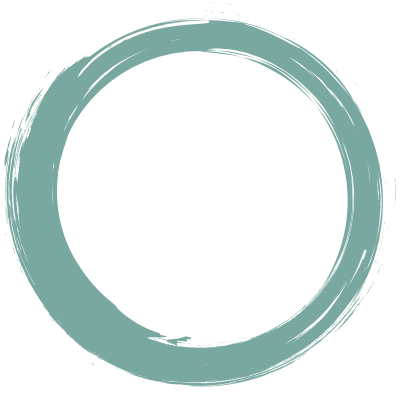Three Intentful Corrections: Your Path to Personal Power
By Roger Jahnke, OMD
As a university student, I was astonished when I read the passage in the personal journal of a missionary, copied from a classic text or heard it from a Chinese teacher, “Minding the body and the breath, and then clearing the mind, distills the elixir within.”
Those words describe the Three Intentful Corrections as the formula for making a healing elixir within our bodies. The Three Intentful Corrections, also known as the three regulations or the three focal points, are the foundation of every form of Qigong and Tai Chi.
You will find that this elixir promises healing to every level of our being. Even now, this excites and inspires me to share the promise of the Qi — the most profound medicine within us. And yet we don’t have to wait until some ambiguous future to make this medicine. It begins with the simplest first level of practice — the Three Intentful Corrections – also known as the Three Treasures, the Three Regulations and the Three Mindful Points of Focus.
The Three Intentful Corrections are:
- First Intentful Correction — Adjust and regulate your body posture or movement
- Second Intentful Correction — Adjust and deepen your breath
- Third Intentful Correction — Clear your mind

Adjust and Regulate Your Body Posture or Movement
In every Qigong practice, posture and movement are important. Even if you are practicing Qi cultivation while lying in bed, adjusting the posture enhances the practice. Adjusting the posture optimizes all of the aspects of natural inner flowing.
The Qi flow is assisted by adjusting the body posture and relaxing purposefully. The blood and lymph which are the fluid medium in which the Qi circulates are both assisted when the posture is optimal, and the body relaxed. Movement contributes to all of the aspects of Qi function for as it aids the circulation of fluids in your body. Imagine you are the lungs trying to get a full breath in a person who is under the pressures of stress or gravity. Try it right now.
Don’t move yet, just remain in your comfortable reading posture. Take a full breath and note the volume. Now shift your posture to give the lungs optimal space and breath again. In most cases you will find a major difference.
Imagine you are the kidneys trying to filter the blood and instead of having plenty of room your inner pipes are restricted because the body is contracted or collapsing downward. Imagine you are the liver trying to process the blood and remove metabolic or toxic waste, but your owner is frustrated, tense and collapsed in his or her chair. The organs operate the most optimally when they are suspended in their naturally designed spacious environment where fluids, and the Qi, can freely circulate.
Notice when you inhale that it is easiest to get a full breath if you adjust your posture. In either the sitting or standing posture, visualize a connection from the crown of your head up into the celestial realm – Heaven or Yang. Through this connection a gentle Heavenly force lifts your head upward which straightens and lengthens your spine.
Relax your shoulders completely. Visualize a connection from your sacrum to the center of our planet – Earth or Yin. Through this connection an Earthly force gently pulls the lower part of your body downward, which straightens and lengthens your spine. The upward lift and the downward pull open the center of the body, from the umbilicus to the heart, which fills with Qi and fluids.
Adjust and Deepen Your Breath
The breath is the most powerful and easiest tool of the Three Intentful Corrections for gathering, circulating, purifying and directing Qi. Your first act upon birth into the world is to inhale. Your final act is a last sigh of relief surrendering to your eternal nature.
Begin your day by simply becoming conscious of the breath and taking a few deep ones, on purpose, before you launch into your usual first thoughts. Rather than counting your projects, take a moment to count your blessings. Then, end the day with conscious breathing as you surrender to the mystery of sleep. Why not complement this with your day’s gratitude list? Is there anything more worthy of your attention as you drift into sleep?
On the inhalation the air enters the lower lungs first, expanding the belly. Then the continuation of the inhalation expands the chest. During the inhalation you are gathering resources with the air. The pores are also breathing in. The skin is like a second set of lungs. On the exhalation the chest and abdomen empty simultaneously and the resources gathered from the air and environment circulate the medicine within.
When you are beginning a Qigong or Tai Chi practice, just breathe naturally. Whenever you remember to, take a full relaxed breath.
In many of the classics of Qigong it is noted that “the breath is the handle.’’ Imagine a hammer without a handle. How do you use the door without the handle?
While many teachers insist that the benefits of Qigong are attained with the mind, Dr. Felix Chang a physician from New York, opposes this view. “Stop breathing and focus the mind for three minutes, what happens?” he challenges. “You die or pass out. That doesn’t really suggest that the mind has a more powerful effect than the breath, in fact it is the opposite. Now, breathe in deeply, it makes you strong. We do this to lift things and in Kung Fu to deliver the punch with the exhalation. Now, breath out completely, and hold the breath out — feel how quickly you start to get weak and need to breathe. The breath is a master key in Qigong.”

Clear Your Mind
Without the cooperation of the mind or consciousness, only conditioned responses can come about. Little or no choice or creativity can occur in the absence of the willing mind. In the context of Qigong and Tai Chi the Chinese have a particular concept and a unique Chinese written character to represent the presence of conscious choice — mind intent (Yi).
To decide to adjust your posture you use mind. Without intention the breath becomes shallow, unless you are exercising vigorously. All of the Qigong benefits that can be attained through movement and breath must happen with the permission and assistance of the mind and intention.
If the mind is distracted by internal circles of thinking that are related to old grudges, mistakes, aspirations, creative tangents or list-making, your evolution to more advanced Qigong may be stalled. As you will discover, mind and Qi are deeply linked. Intentful mind focus is a primary component of Qigong. In Qigong it is ultimately the mind and consciousness that we seek to achieve the capacity to control, focus, and direct.
Without the deep mind focus of Qigong, breath and movement are really more like calisthenics. In Qigong, breath and movement are the tools we use to help the mind to attain effective and clear focus for cultivating and enhancing the Qi. Or, some would say that we use intention to clarify and empower the Qi to give us a clearer more effective connection with universal mind.
The mind is a power tool in Qigong when it is not distracted. One of the ancient, anonymous Qigong proverbs is, “When the mind is distracted the Qi scatters.”
Because the mind is difficult to tame or manage it is very useful to do Qi cultivation methods that include movement and breath to give the mind something to do. Inner tension restrains the circulation of Qi, so the mind must be used to achieve and sustain relaxation internally by purposefully releasing as much inner tension as possible.
Copyright © 2019 Roger Jahnke. Adapted from The Healing Promise of Qi and the Integral Qigong and Tai Chi Teacher Training Manual.
Roger Jahnke, OMD, is the founder and CEO of Health Action Synergies and the director and chief instructor of the Institute of Integral Qigong and Tai Chi in Santa Barbara, California. As the author of The Healer Within, Roger has dedicated his entire professional life to sharing the powerful ancient healing traditions that come from China. He is the co-founder and recent chairperson of the board of the National Qigong Association.

More from the blog
A Special Thanks To Our Teachers
June 1, 2022/by Laurie JordanA Letter From Our CEO, Ross Guttler
May 25, 2022/by Laurie JordanShining the Spotlight on our Advanced Trainings
January 25, 2022/by Laurie JordanOpening Doors Episode 6: A Symphony of Breathwork Techniques with Roger Jahnke
January 25, 2022/by Laurie JordanRobert Bly (1926 – 2021): An Appreciation
December 10, 2021/by Laurie JordanMeet the Teacher: Faith Adiele
December 6, 2021/by Laurie JordanTracking Wonder – Book Excerpt
November 4, 2021/by Lesley RodriguezMeet the Teacher: Sister Kate
November 3, 2021/by Lesley RodriguezCelebrate Native American Heritage Month
October 29, 2021/by Lesley RodriguezReiki – Frequently Asked Questions
October 28, 2021/by Lesley RodriguezMeet the Teacher: Peeka Trenkle
October 9, 2021/by Lesley RodriguezMeet the Teacher: Felicia Cocotzin Ruiz
October 8, 2021/by Lesley RodriguezGET ON THE LIST
Subscribe to our newsletter to keep up with the latest news and program updates from The Open Center.


